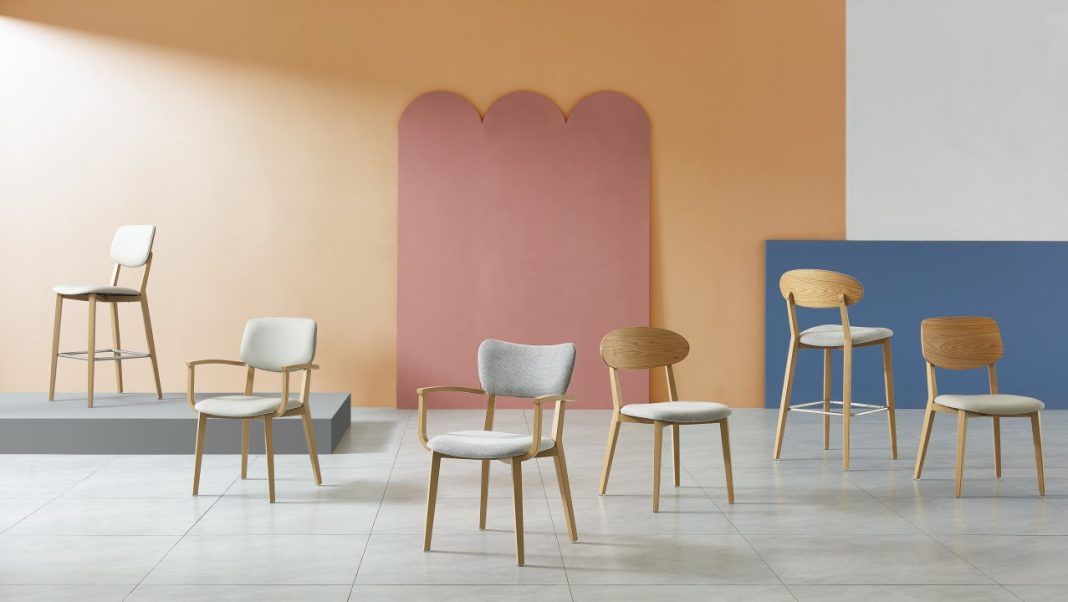When selecting commercial dining chairs, finding the right balance between style and practicality is crucial for creating an inviting and functional dining environment. While aesthetics are important for establishing a brand identity and ambiance, practicality ensures that the chairs meet the demands of a high-traffic setting and provide long-lasting performance. Here’s how to strike the perfect balance between style and practicality in commercial dining chairs.
1. Assessing Your Needs
- Determine Usage: Consider the type of dining experience you offer—whether it’s casual, formal, or a fast-casual setting. This will guide your choice in terms of style and functionality. For instance, a fine dining restaurant may prioritize elegance and comfort, while a café may focus on durability and ease of maintenance.
- Understand Traffic and Wear: Evaluate the expected foot traffic and wear and tear on your chairs. High-traffic areas require more durable materials and sturdy construction to withstand frequent use.
2. Choosing the Right Materials
- Durable Fabrics: Select materials that are both stylish and durable. High-performance fabrics such as faux leather, vinyl, or treated upholstery offer a sophisticated look while being easy to clean and resistant to stains.
- Quality Wood and Metal: For a classic or upscale look, choose high-quality wood or metal frames. Ensure the wood is properly finished to resist scratches and dents, and metal frames are coated to prevent rust and corrosion.
- Comfort vs. Style: Balance aesthetics with comfort by selecting materials that offer both visual appeal and user comfort. For example, padded seats and backrests can enhance comfort without compromising on style.
3. Design Considerations
- Timeless Designs: Opt for timeless designs that can complement various décor styles and trends. Classic shapes and neutral colors can provide flexibility and longevity, allowing you to adapt to changing trends without frequent replacements.
- Innovative Designs: Incorporate innovative designs that enhance both style and practicality. Look for features such as ergonomic contours, stackability, and modular designs that combine visual appeal with functionality.
- Matching Décor: Ensure that the style of the chairs complements your overall décor. Consider factors such as color schemes, furniture arrangement, and thematic elements to achieve a cohesive look.
4. Comfort and Ergonomics
- Seat Comfort: Prioritize comfort by choosing chairs with well-cushioned seats and supportive backrests. Ergonomic designs that offer lumbar support and adjustable features can enhance the dining experience.
- Ease of Maintenance: Select chairs that are easy to maintain, especially in high-use environments. Removable covers, stain-resistant fabrics, and simple cleaning procedures can make upkeep easier.
- User Experience: Consider the overall user experience. Comfortable and well-designed chairs can encourage longer stays and repeat visits, contributing to a positive dining experience.
5. Functionality and Versatility
- Space Efficiency: Choose chairs that offer space-saving solutions, such as stackable or foldable designs, especially if you need flexibility in seating arrangements.
- Durability: Ensure that the chairs are built to last, with sturdy construction and high-quality materials that can withstand daily use. Reinforced joints and durable finishes are essential for long-term performance.
- Adaptability: Select chairs that can adapt to different uses and settings. Versatile designs can be used for various occasions and adjust to different dining layouts.
6. Budget Considerations
- Cost vs. Value: While style is important, ensure that your choices offer good value for the investment. Consider the long-term costs associated with maintenance, durability, and replacements when making your decision.
- Balancing Expense: Allocate your budget wisely to balance style and practicality. Investing in higher-quality materials and construction may cost more initially but can save money in the long run by reducing replacement and maintenance costs.
7. Testing and Prototyping
- Trial Runs: Whenever possible, test chairs in your actual setting to assess their comfort, durability, and overall fit with your décor. This can help identify any issues before making a final purchase.
- Seek Feedback: Gather feedback from staff and customers on the comfort and practicality of the chairs. Their input can provide valuable insights into how well the chairs perform in real-world conditions.
Final Thoughts
Balancing style and practicality in commercial dining chairs involves careful consideration of materials, design, comfort, and functionality. By selecting chairs that align with your establishment’s aesthetic while meeting practical needs, you can create a dining environment that is both inviting and durable. Prioritize quality, comfort, and versatility to ensure your chairs enhance the overall dining experience and stand up to the demands of your business.










